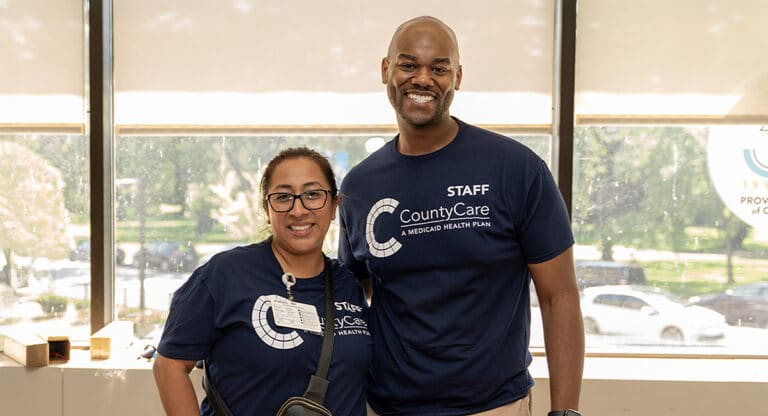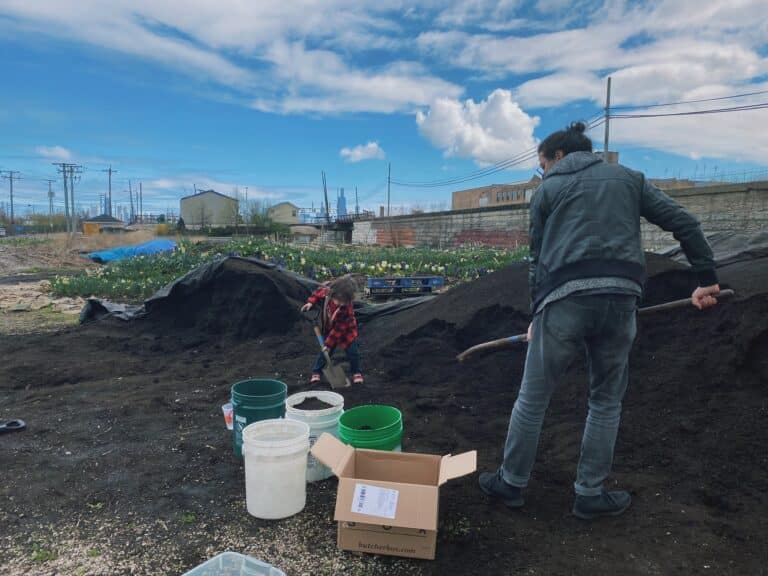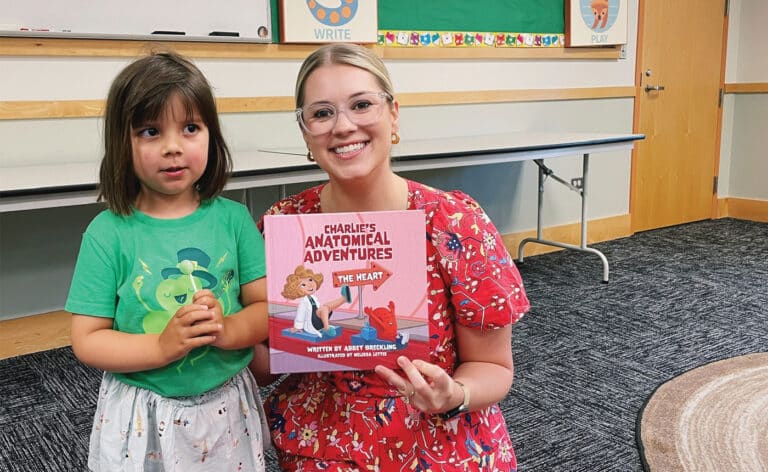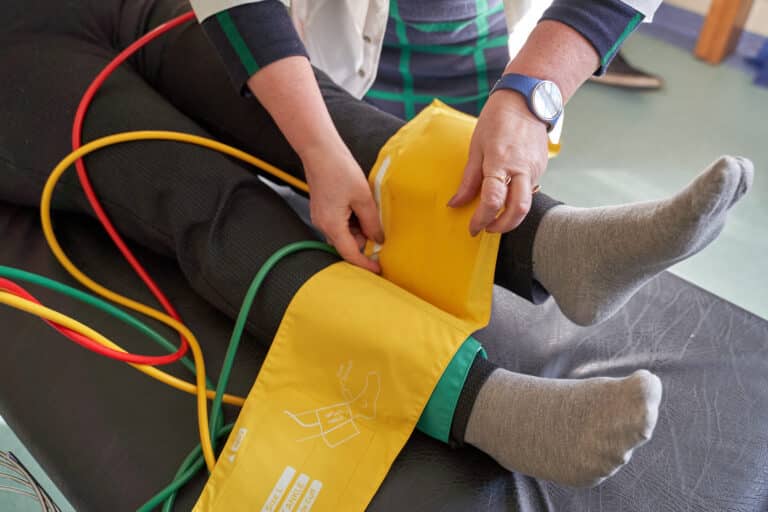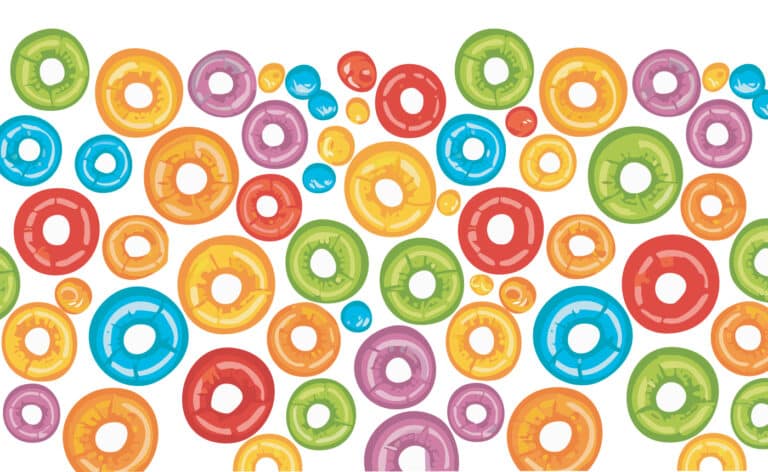Chicago’s food pantries nourish the whole person
The first week Lakeview Pantry opened the doors to its new building in 2016, one of its regular clients walked in to receive food assistance. He looked around the space and slowly took everything in. He began to get teary-eyed, walked up to a staff member and said, “This place is so beautiful, I forgot I was poor.”
That’s exactly how Lakeview Pantry wants its clients to feel, says executive director Kellie O’Connell. The sleek, modern design of its new location mimics a grocery store rather than a food pantry.
“To help someone forget they are poor, for even a moment, is worth it all,” she says. “We believe that all people, regardless of their financial situation, deserve respect when they walk into our building. To offer our clients a piece of hope while they’re here can set them on the right path for the future.”
More than food
The role of food banks and food pantries has changed since they were introduced in the late 1960s. Today’s food pantries have grown to meet the needs of their clients, evolving from humble roots to invaluable local resources.
In addition to distributing food, some pantries also provide other resources to help people in their communities. At Lakeview Pantry, a social services team provides support for housing, healthcare, employment searches, job training and applications for public benefit programs such as SNAP, Medicaid and Medicare. Licensed clinicians provide mental health counseling for clients suffering from depression, anxiety or grief.
“Lakeview Pantry’s approach is both practical and holistic,” O’Connell says. “Our goal is to feed the whole person, not just the hunger. We accomplish this through emergency food assistance and comprehensive social services that address the root causes of poverty and food insecurity.
“Our partnerships with registered dietitians and trained chefs provide health-centered nutrition classes and seminars on a monthly basis advocating the use of the pantry’s freshest ingredients,” O’Connell adds. “Once our social service specialists address the whole person, a client truly receives the comprehensive support needed to move on to a better life. Our motto is ‘food for today, hope for tomorrow.’ It is our belief that the services we offer to clients set them on the path to a brighter and healthier future.”
Similarly, A Just Harvest in Rogers Park understands the importance of intersectionality in meeting the needs of the whole person. The non-profit organization recognizes that it cannot operate in silos as it fights poverty and hunger.
On average, A Just Harvest’s Community Kitchen serves 170 patrons per night. But it doesn’t stop there. The organization’s Genesis Project aims to create meaningful opportunities for the community. Programs include a 12-week paid training course in the various aspects of urban agriculture, an after-school greenhouse and community garden education program, community-led produce business initiatives and business incubators developed by community members.
A Just Harvest is currently piloting the Just CIRCLES (Caring for and Investing in Returning Citizens Looking to Embody Success) program, which includes job training, peace circles and restorative practices in order to reduce recidivism. The program also includes the development of a cooperative landscaping business.
The programs make a big difference in the local community. “The work of A Just Harvest is not contained within the walls where we pay rent,” says Rev. Marilyn Pagán-Banks, D.Min, executive director. “We are not simply ‘located’ North of Howard. This is our community. Three of our staff reside in the North of Howard community. One is a parent of current or former gang members, and three are returning citizens. We have skin in the game. We are invested in its well-being, and we actively seek it.”
The role of food pantries continues to grow, says Paul Morello, senior manager of public relations at the Greater Chicago Food Depository. The organization works with 700 agencies and programs across Cook County, including food pantries, soup kitchens and shelters.
The Greater Chicago Food Depository acts as an invaluable central resource and distribution hub for its partner agencies, helping them provide food and sustenance. It also offers a number of programs to address the root causes of hunger. Among them is the Chicago’s Community Kitchens foodservice job-training program for those who are unemployed or underemployed.
“We are also working to improve health outcomes in low-income people by implementing food insecurity screenings at health clinics throughout Cook County,” Morello says. “And we are advocating on a local, county, state and federal level for programs that will enable our struggling neighbors to access the food they need.”
Battling myths
Many Chicagoans think that the majority of people who use food pantries are homeless, but food insecurity affects a range of people who are having a hard time making ends meet and putting food on the table. In fact, people who are homeless account for less than 5 percent of Lakeview Pantry’s clientele, O’Connell says.
One of the biggest misconceptions Morello hears is that hungry people are lazy, but that’s just not true, he says. “Of the households the Food Depository serves, more than half of them include someone who has worked in the last year,” he says. “I’ve spoken to dozens of clients at partner agencies and many of them are struggling through no fault of their own. They’ve had their hours cut back; they’re working two jobs but still not making ends meet; they can’t manage on a fixed income; or they’re disabled.”
Each year, the Greater Chicago Food Depository serves more than 812,000 men, women and children. Unfortunately, the need remains high in Cook County. “When the recession began in 2008, we saw a significant increase in the number of people accessing our network of partner agencies,” Morello says. “Even though the recession is over, the need continues to remain near the 2008 level.”
Chicagoans can contribute to food pantries by volunteering their time, collecting food donations or making monetary donations. While drives to secure food donations are always welcome, O’Connell says, the biggest impact individuals can make is to donate money, because the pantries can make your dollar go much further. “For every dollar donated, we can provide eight meals to hungry individuals in the community,” she says.
Working as partners with community residents, food pantries continue to expand their mission to provide both food and sustenance.


